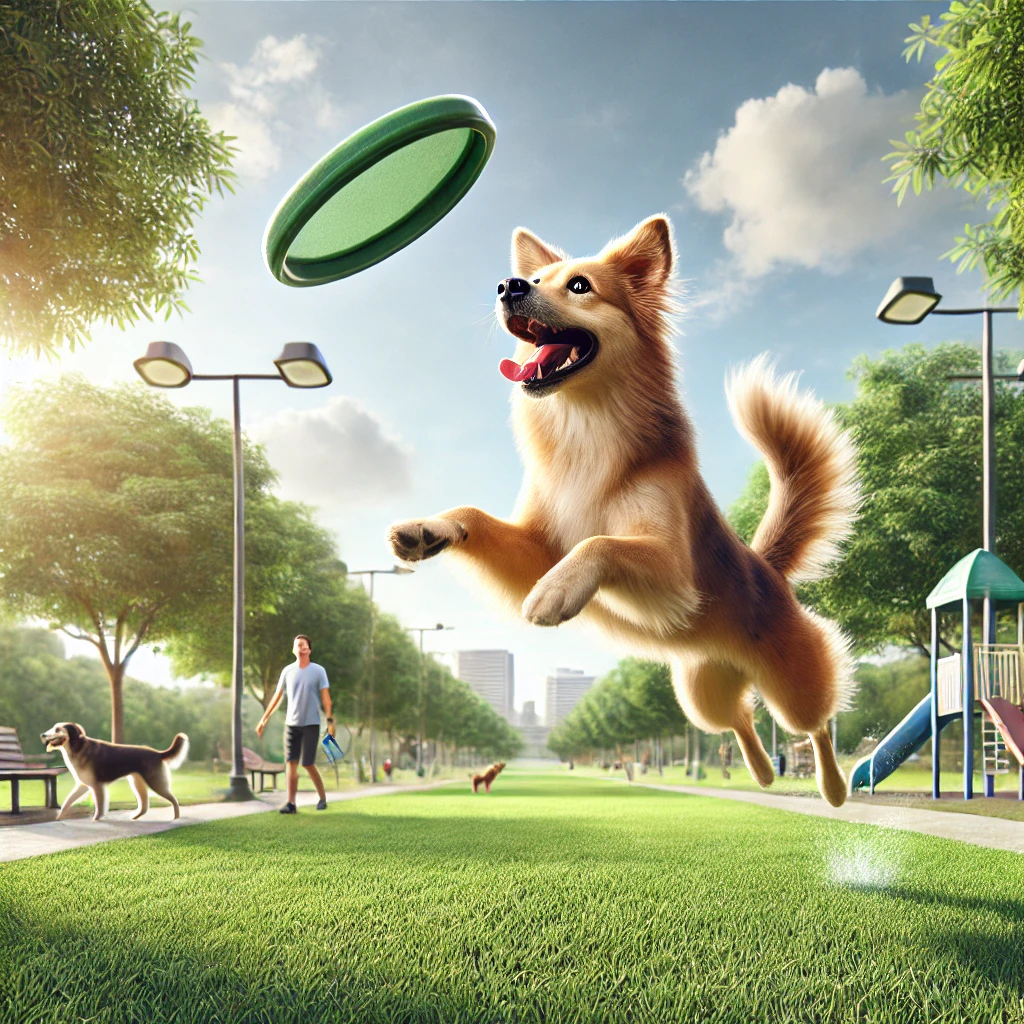Puppy Training Schedule: From Cheeky Pups to Well-Mannered Pooches
Puppy Training Schedule: From Cheeky Pups to Well-Mannered Pooches
Welcoming a puppy into your home is like hosting a tiny tornado—cute, fluffy, and capable of wreaking havoc. But don’t fret! With the right training schedule, you can turn that bundle of chaos into a well-behaved member of the family. Let’s dive into the ultimate guide to puppy training by age, sprinkled with a dash of humor and a pinch of patience!
The Newborn Stage: 0-8 Weeks
Ah, the newborn stage—a time of adorable snuggles and lots of sleep. But don’t be fooled by their innocent eyes; these little furballs are already learning!
- Socialization: Introduce your pup to different sounds, sights, and smells.
- Handling: Gently handle their paws, ears, and tail to get them used to being touched.
- Early Bonding: Spend quality time to establish trust and love.
The Toddler Phase: 8-16 Weeks
Welcome to the land of boundless energy and curiosity! This phase is crucial for setting the foundation of good behavior.
House Training
Potty training is your first big challenge. Remember, patience is key!
- Consistency: Stick to a regular feeding and potty schedule.
- Reward System: Praise and treats for doing their business in the right spot.
Basic Commands
This is the perfect time to start with basic commands like “sit,” “stay,” and “come.” Keep training sessions short and fun!
- Positive Reinforcement: Use treats and praise to reinforce good behavior.
- Short Sessions: Puppies have short attention spans, so keep training sessions under 5 minutes.
The Rebellious Teenager: 4-6 Months

Your puppy is growing up and, like any teenager, testing boundaries. They might chew on your favorite shoes or bark at the mailman. It’s all part of the process!
Socialization Continues
Expose your pup to new experiences, people, and other dogs to prevent fear and aggression.
- Obedience Classes: Consider enrolling in a basic obedience class.
- Leash Training: Start teaching them to walk nicely on a leash.
Addressing Problem Behaviors
Chewing and nipping can be common during this stage. Provide plenty of chew toys and redirect their behavior positively.
- Chew Toys: Ensure they have appropriate items to chew on.
- Redirecting: Gently correct unwanted behaviors and offer alternatives.
The Young Adult: 6-12 Months
Your puppy is becoming more mature, but they still need guidance and structure.
Advanced Training
Now’s the time to introduce more advanced commands and tricks. This keeps their mind engaged and strengthens your bond.
- Consistency: Keep practicing commands daily.
- Challenges: Introduce new tricks and challenges to keep things interesting.
Continued Socialization
Keep exposing your pup to new situations to ensure they grow into a well-rounded dog.
- Varied Environments: Take them to different places like parks, pet-friendly stores, and dog-friendly cafes.
- Meeting New Dogs: Continue social interactions with other dogs to maintain good manners.
The Mature Pup: 1 Year and Beyond
Congratulations! You’ve made it through the first year. Your dog is now a well-behaved adult, but training never really stops.
Maintaining Good Behavior
Continue reinforcing good behavior and addressing any issues that arise. Remember, a trained dog is a happy dog!
- Regular Practice: Keep practicing commands and introduce new ones.
- Enrichment: Provide mental stimulation through puzzles, games, and regular exercise.
So there you have it—a complete puppy training schedule to guide you from sleepless nights with a teething pup to enjoying peaceful walks with a well-mannered dog. Remember, every puppy is unique, and training requires patience, consistency, and a lot of love. Happy training!





Post Comment